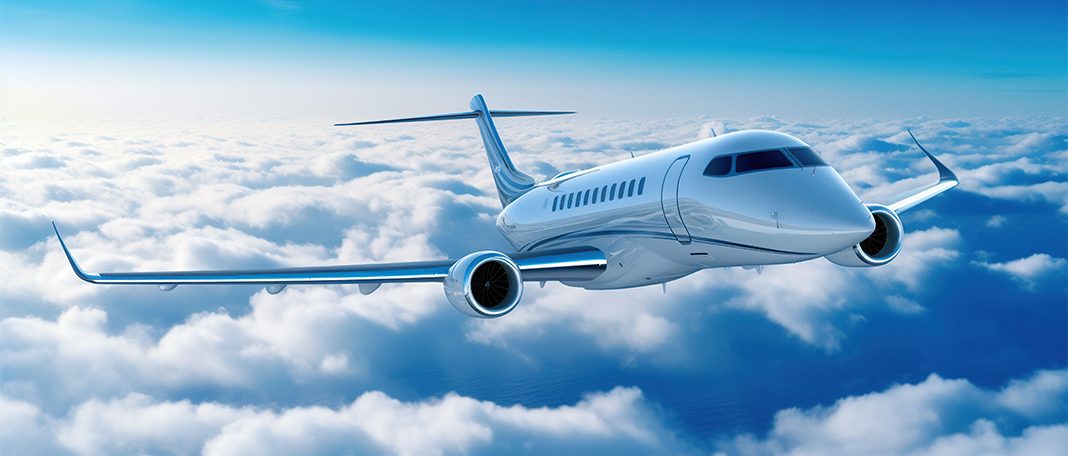Hypoxia refers to oxygen insufficiency in the tissues of the body. This occurs as a result of a shortage of oxygen in the air or inadequate oxygen supply in the blood.
The symptoms of hypoxia include lack of concentration, fatigue, confusion, euphoria, impaired decision-making, impaired psychomotor performance, unconsciousness, and even death. This deficiency does not cause any pain since its beginning is insidious and goes unnoticed.
The body’s cells need oxygen to generate energy and help tissues and organs function properly. While some tissues can balance the short-term dip in oxygen levels, prolonged hypoxia can lead to organ damage.
An individual’s physical fitness, cabin temperature, altitude, and duration at altitude are some of the major factors that affect the onset or severity of hypoxia. The ability to withstand hypoxia might differ among individuals. A person may affect seriously than others.
Types of Hypoxia
The four types of hypoxia are:
Hypoxic Hypoxia
Also, known as Altitude Hypoxia. It occurs due to a lack of oxygen in the blood. Air travel – flying at a high altitude can lead to hypoxemia.
Circulatory Hypoxia
Poor blood flow causes less oxygen supply to the tissues. This may occur in one specific area or throughout the body. Also, blood clots can increase the risk of circulatory hypoxia.
Anemic Hypoxia
Anemic hypoxia affects when an individual doesn’t have enough blood cells to carry oxygen from the lungs to tissue. If a person doesn’t make enough blood cells, they will become anemic.
Histotoxic Hypoxia
This occurs when the body fails to utilize the blood cells properly. In this case, an individual may have plenty of oxygen entering the lungs and blood, but when it arrives in the tissues, it stops functioning. This might happen due to cyanide poisoning.
Role of Hypoxia in Aviation Accidents
Hypoxic hypoxia is the most frequent type encountered by aircrew in flight. While flying above 10,000 feet altitude the oxygen level in the blood rapidly decreases than air pressure which frequently decreases at the same rate. At 20,000 feet altitude, the oxygen level in the blood reaches only 65% saturation, and with this level, the typical human function is interrupted and the effects will be increasing over time.
Oxygen pressure drops down as altitude increases and is the cause of the planes getting pressurized.
The Federal Aviation Administration cautions that the brain is the first body part to mirror the inadequate oxygen supply which leads to loss of judgment particularly dangerous for the pilot and aircrew.
An official FAA brochure claims hypoxia can be a killer disease unless they discover and provide additional oxygen.
Safety Procedures to Prevent Oxygen Loss
FAA suggests that supplemental oxygen is the only solution to meet the demand of the body while flying at high altitudes. For safety reasons, FAA insists on using supplemental oxygen for any portion of the flight that flies above 12,500 feet.
Notably, the aircrew must use supplemental oxygen for the flight above an altitude of 14,000 feet.














